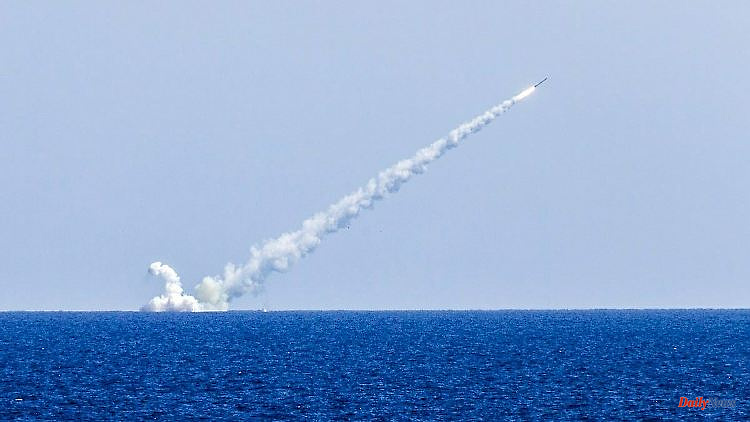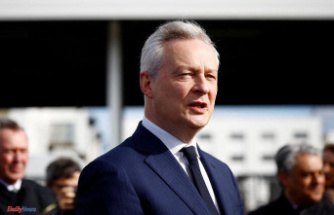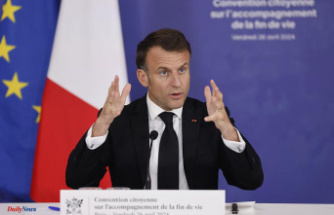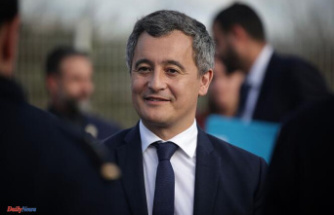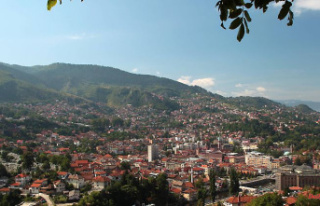On Monday, Russia fired a total of 84 cruise missiles at Ukraine. An undertaking that is as deadly as it is expensive. Because in the West, there are growing voices that the Russian army is gradually running out of ammunition - and there are no more supplies in sight.
According to information from NATO circles, Russia has now used up a considerable part of its precision-guided ammunition. Because of western sanctions, the Russian industry cannot produce all types of ammunition and weapon systems, an insider said. He also indicated that it could therefore take a few months for the mobilization of 300,000 troops initiated by Russia to take place.
The British secret service made a similar statement on Tuesday. "We know, and so do Russian commanders at war, that they are running out of equipment and ammunition," said GCHQ director Jeremy Fleming. Russian President Vladimir Putin makes misjudgments and strategic mistakes.
The US Department of Defense reported in May that Russian stockpiles of modern guided missiles were dwindling. According to this, the Russian army "burned" many precision-guided missiles at the very beginning of the war. That's why they have to use older, so-called "dumb bombs" more and more often, it said. Components such as chips are also required for modern rockets such as cruise missiles so that they can reliably find their target. In many cases, however, these come from Europe or the USA.
This should also be the reason why Russia can only afford heavy air raids on Ukraine like on Monday in exceptional cases. As the Ukrainian edition of the US magazine "Forbes" reports, the Russian army used 84 cruise missiles and 24 drones in the attack, which would have had a total value of 400 to 700 million US dollars.
It is not known which rockets were used in each individual case. However, it has been reported that Russia fired Ch-101 cruise missiles, Kalibr missiles and Iskander missiles at Ukraine, among others. According to Forbes, a Ch-101 cruise missile costs $13 million to manufacture. A Kalibr guided missile costs 6.5 million US dollars. An Iskander rocket costs about 3 million US dollars - always assuming the components are available.
Due to the dwindling stocks of ammunition, Russia is said to have ordered unmanned drones for further air raids in Iran in August. They are said to have been used in the Russian attack last Monday. According to the Ukrainian Defense Ministry, a total of 43 missiles and 13 drones were intercepted by the Ukrainian air defenses.
It was also reported in September that the Kremlin was said to have inquired about further arms deliveries to the internationally banned North Korea. The US government said Russia could import millions of artillery shells and missiles from North Korea. The North Korean leadership disagreed: "We have never exported arms or ammunition to Russia and will not do so," the state news agency KCNA quoted a senior official at the North Korean Defense Ministry as saying.

